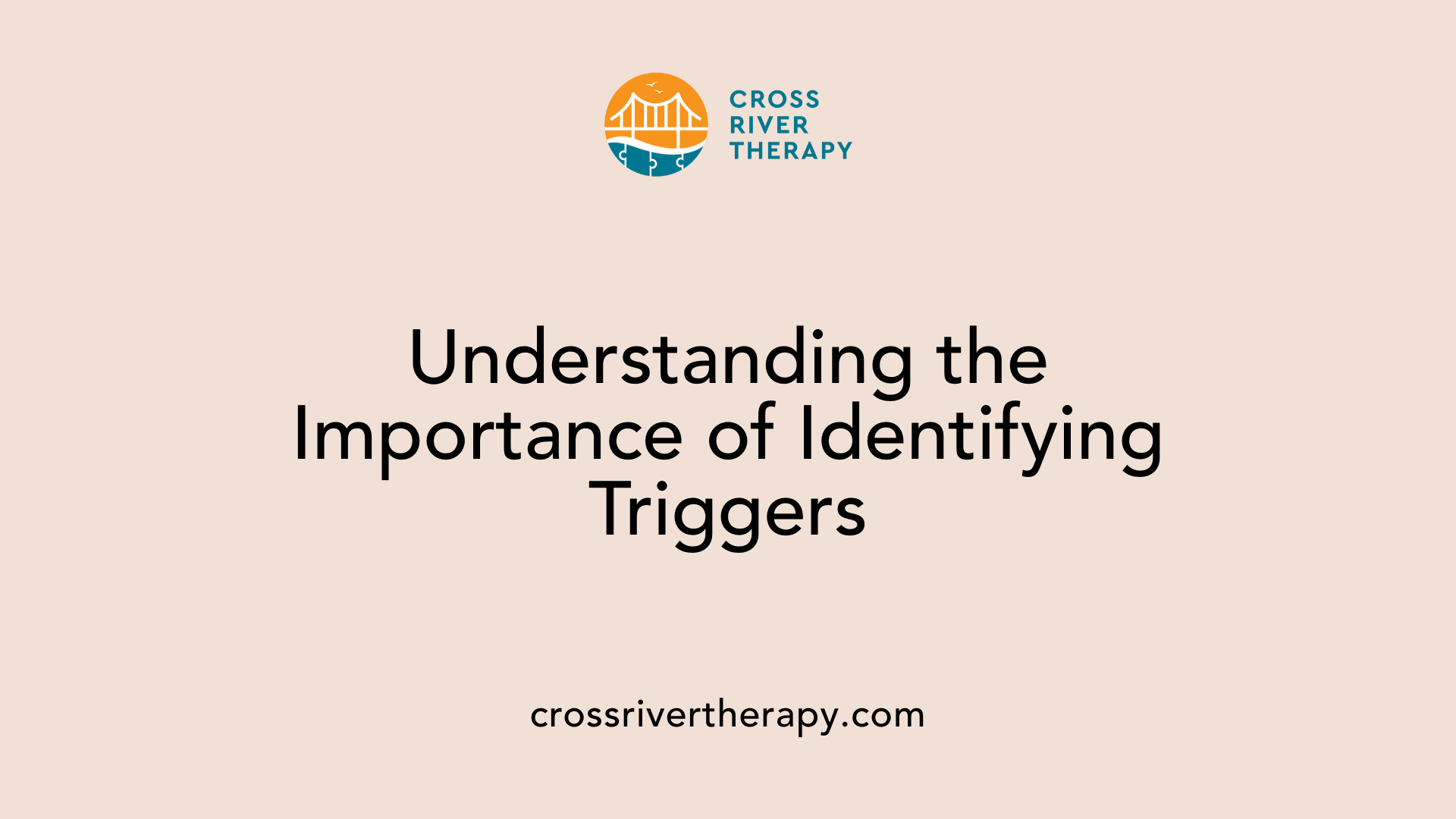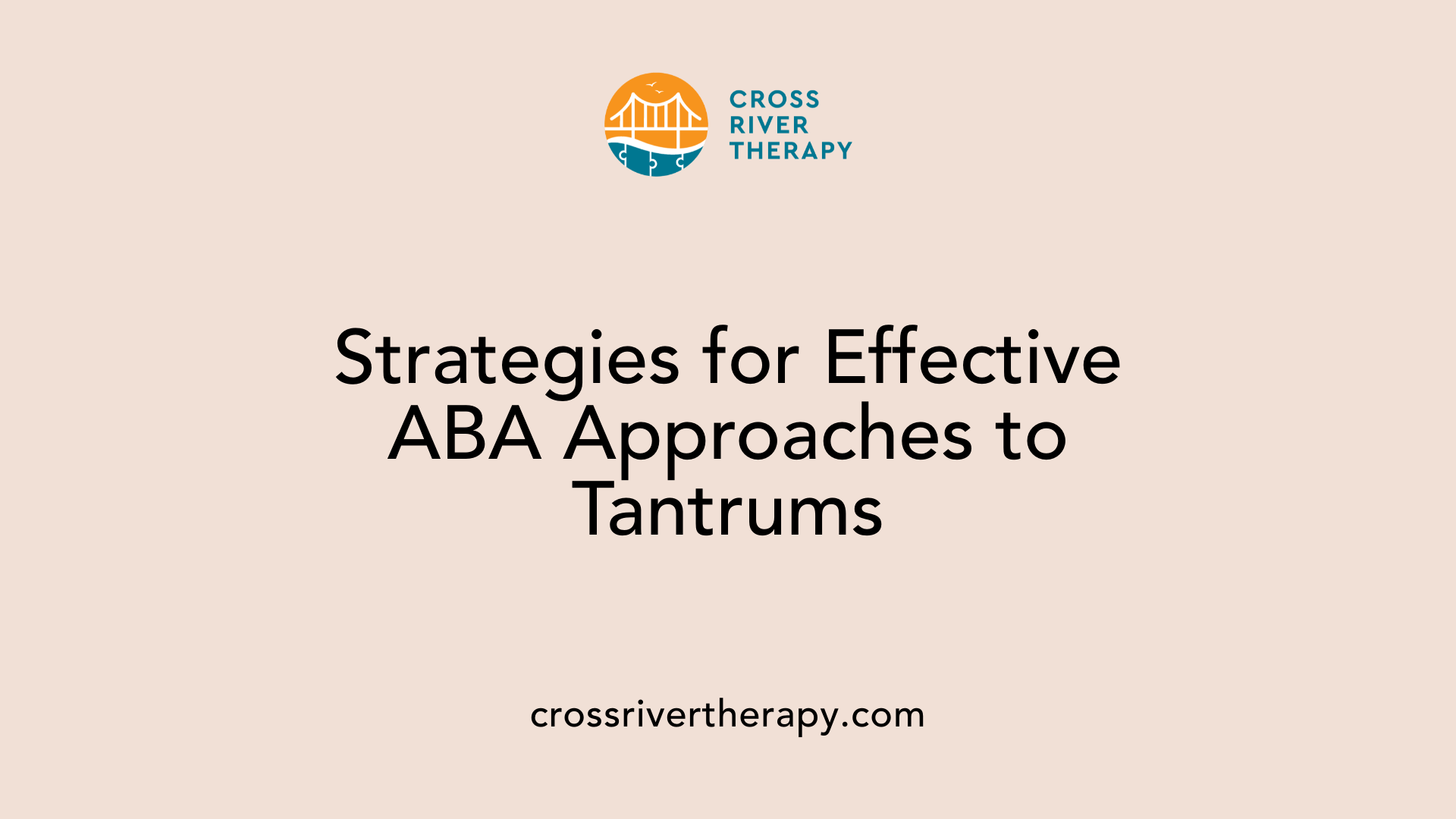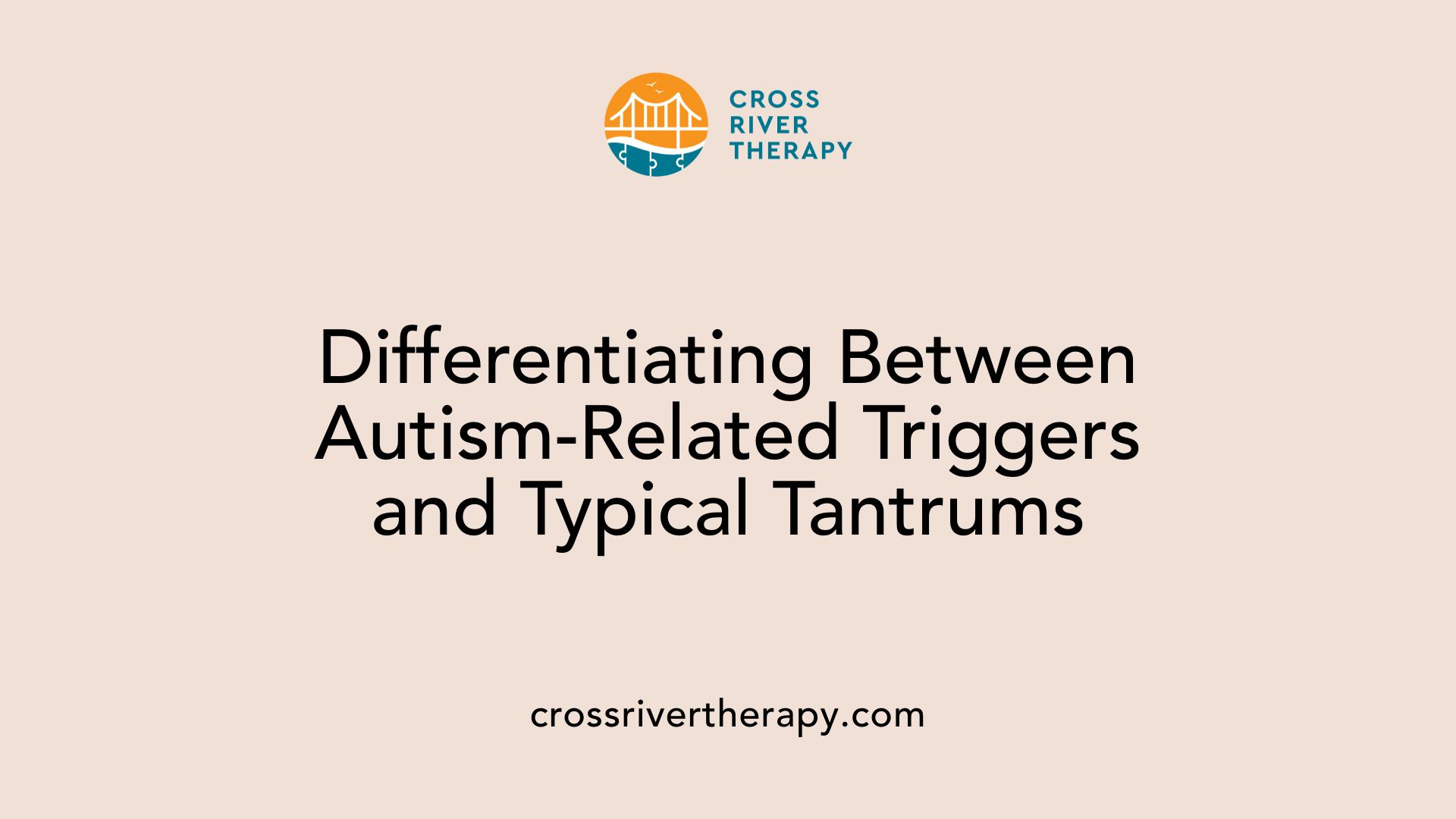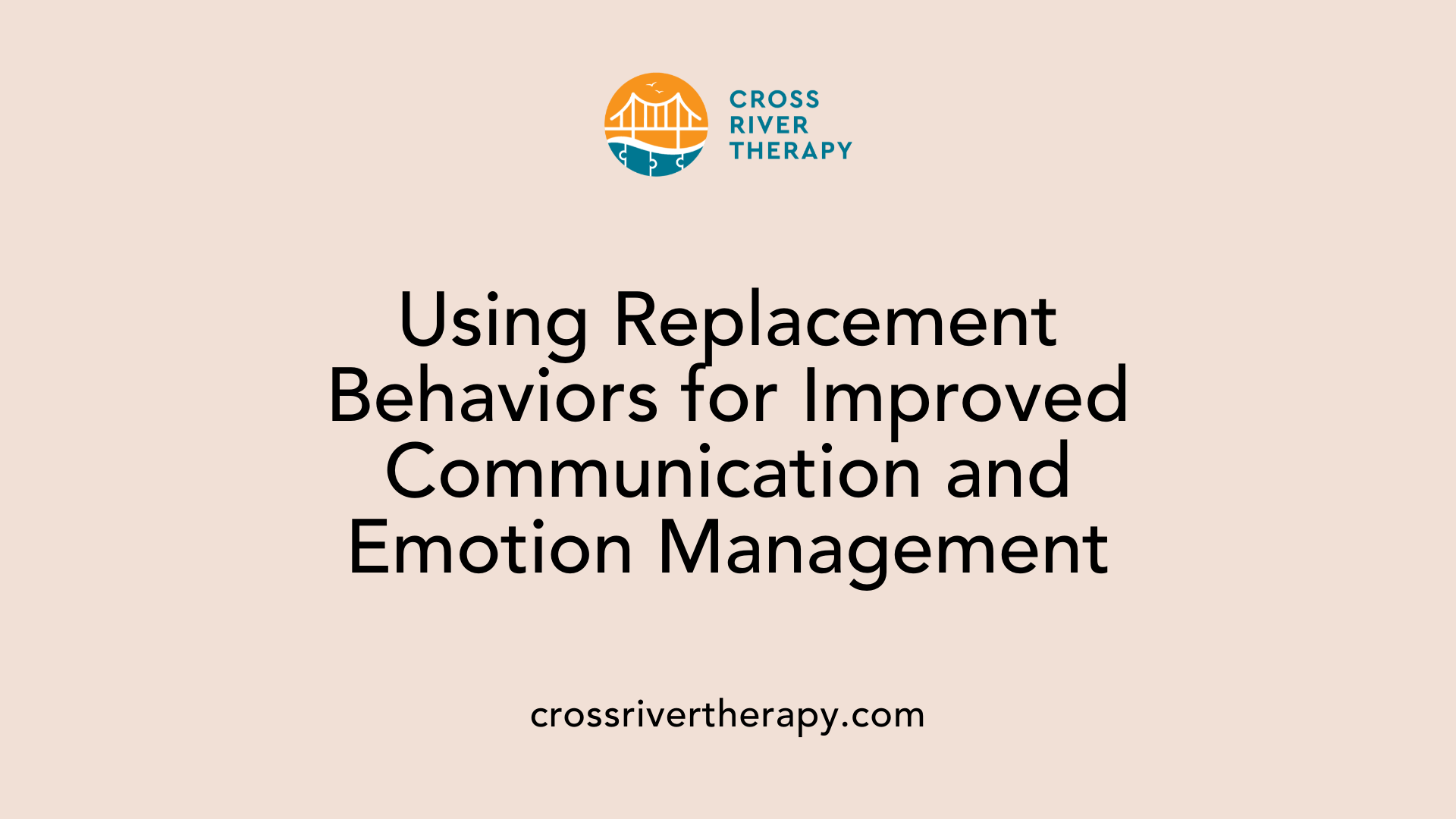Strategies for Managing Tantrums Using ABA Therapy Techniques
Harnessing Applied Behavior Analysis for Effective Tantrum Management
Understanding and Addressing Tantrums in Autism
Tantrums in children with autism can be more than an emotional outburst; they often signal underlying challenges such as communication difficulties or sensory overload. Applied Behavior Analysis (ABA) offers a structured framework to understand these tantrums and provides tangible strategies for managing them. Through careful assessment and guided interventions, it's possible to mitigate these intense episodes, allowing children to navigate their emotions more effectively. In this article, we explore various ABA techniques designed to address and manage tantrums in children on the autism spectrum.
Identifying Triggers Through Functional Behavior Assessment

What is a Functional Behavior Assessment (FBA)?
A Functional Behavior Assessment (FBA) is a systematic approach typically used in Applied Behavior Analysis (ABA) therapy to identify the underlying causes of challenging behaviors, including tantrums in children with autism. This assessment involves collecting data on the child’s behaviors, contextual factors, and potential antecedents leading up to those behaviors.
What are common antecedents and triggers?
Common triggers for tantrums in children with autism often stem from:
- Frustration: Difficulty in communicating wants or needs.
- Sensory Overload: Overstimulation from sounds, lights, or textures.
- Desire for Control: Inability to make choices or feeling trapped in a situation.
- Attention-Seeking Behavior: Acting out to gain focus from caregivers or peers.
- Avoidance of Unpreferred Activities: Escaping demands they find displeasing. Understanding these triggers can help caregivers anticipate and manage potential outbursts effectively.
Why is identifying triggers important?
Recognizing the antecedents of tantrums is crucial for several reasons:
- Individualized Interventions: Tailored strategies can be developed based on specific triggers.
- Preventive Measures: By knowing what may spark a tantrum, caregivers can make adjustments to avoid such situations.
- Effective Behavior Management: Understanding these triggers allows for the implementation of coping strategies, such as providing sensory tools or clear choices, to minimize frustration.
Identifying triggers through an FBA not only aids in managing behaviors but also greatly enhances the child’s overall quality of life, fostering a more supportive and understanding environment.
Implementing ABA Techniques for Tantrum Management

How does ABA therapy approach managing tantrums?
ABA therapy takes a systematic approach to managing tantrums in children with autism by identifying specific triggers and the antecedents behind these behaviors. This process starts with a Functional Behavior Assessment (FBA), which helps therapists understand why tantrums occur—whether stemming from communication difficulties, sensory overload, or the desire for control.
In this focused analysis, therapists can discern patterns and develop tailored strategies aimed at each child's unique needs. For example, positive reinforcement is used to encourage appropriate behaviors. By rewarding desired actions and teaching effective communication techniques, children can learn to express their needs without resorting to meltdowns.
What strategies are integral to ABA therapy for tantrum management?
Several strategies are fundamental to ABA therapy for managing tantrums:
- Visual Supports: Using visual schedules aids in setting clear expectations, thereby reducing anxiety related to transitions or changes in routine.
- Coping Skills Training: Teaching deep breathing, sensory tools, and calming routines helps children manage their emotions more effectively.
- Choice Offering: Allowing children to make small decisions gives them a sense of control, reducing the chance of frustration-induced tantrums.
- Transition Aids: Implementing items such as visual timers can prepare children for changes, fostering a more positive association with transitions.
Overall, ABA therapies provide structured, proactive strategies that create a supportive environment. This helps minimize tantrum occurrences by improving communication and emotional regulation skills.
Comparing Autism-Related Tantrums with Typical Tantrums

What is the difference between autism-related tantrums and typical tantrums?
Understanding tantrums in children requires recognizing the differences between typical tantrums and those associated with autism. Typical tantrums are often age-related and generally emerge in early childhood. They usually have a goal-oriented nature, often manifesting from frustration when children cannot achieve a desired outcome. These tantrums typically cease when the child’s needs are met or when they are redirected.
On the other hand, autism-related meltdowns stem predominantly from sensory overload or communication difficulties. These tantrums can occur at any age and are not motivated by a specific goal, showcasing overwhelming emotions instead. They can result in intense reactions that may include self-harming behaviors, unlike typical tantrums, which tend to be shorter and are directed towards achieving a specific aim.
Here's a comparison to clarify further:
| Aspect | Typical Tantrums | Autism-Related Meltdowns |
|---|---|---|
| Causes | Frustration; not achieving desired outcomes | Sensory overload; communication challenges |
| Purpose | Goal-oriented; seeking attention or a specific result | Not goal-directed; overwhelmed by emotions |
| Age | Common in early childhood | Can occur at any development stage |
| Duration | Usually short-lived | Often longer-lasting |
| Behavior | May include yelling or crying | May include self-harming actions and extreme distress |
| Management Strategies | Redirection and meeting needs | Calming environments; sensory breaks |
Effectively addressing these behaviors involves tailored strategies. While typical tantrums may benefit from positive reinforcement and attention guidance, managing meltdowns often requires creating a supportive, calming space where children can recover. Recognizing these distinctions can significantly improve the effectiveness of interventions.
Practical ABA Techniques to Deescalate Tantrums

How can ABA techniques help in deescalating tantrums?
ABA techniques can significantly help in deescalating tantrums by creating a calming environment tailored to the child's needs, particularly for those on the autism spectrum. Here are some effective strategies:
- Calm Environment: Reducing sensory inputs, such as bright lights and loud noises, helps the child feel secure and less overwhelmed.
- Visual Supports: Using calming visuals or sensory toys can assist in grounding the child during a crisis.
- Validate Feelings: Instead of focusing solely on the tantrum, acknowledging the child's feelings fosters an atmosphere of support, allowing them to feel heard and understood during distress.
Implementing Choices to Create Control
Offering choices rather than commands helps the child regain a sense of control. This can range from selecting a toy to deciding between activities. Simple decisions empower the child and lessen the likelihood of a tantrum triggered by frustration.
Managing Transitions with Structure
Maintaining silence during intense moments can provide the necessary space for a child to calm down. Recognizing early warning signs of potential meltdowns allows caregivers to intervene proactively.
Table: ABA Techniques for Deescalation
| Technique | Purpose | Implementation Example |
|---|---|---|
| Calming Environment | Reduce sensory overwhelm | Dim lights and lower noise levels |
| Visual Supports | Assist focus and grounding | Use calming visuals or sensory items |
| Validate Feelings | Create supportive atmosphere | Acknowledge feelings and provide comfort |
| Offer Choices | Give a sense of control | Allow selection between two activities |
| Maintain Silence | Provide space for emotional calming | Reducing verbal demands during crisis |
| Early Intervention | Prevent escalation of tantrums | Detect and act on early signs of distress |
Teaching Coping Skills
Additionally, teaching coping skills such as deep breathing or using sensory tools helps children manage their emotions better. Approaching tantrums from a place of understanding allows for improved emotional regulation and resilience.
These ABA strategies are invaluable in addressing tantrums by fostering a positive environment for children with autism.
Responding Effectively During a Tantrum Happening
What strategies can effectively manage tantrums that have already started?
When a tantrum is occurring, responding effectively is critical. Parents and caregivers should focus on remaining calm and composed. This helps reduce the emotional charge in the environment, making the child feel safer.
It's often effective to ignore attention-seeking behaviors initially. While this might briefly escalate the tantrum, it teaches the child that such actions won't elicit a reaction, thereby diminishing tantrums over time. Redirecting the child's attention to a different activity is another strategy. For example, introducing a calming toy or a favorite book can help shift their focus and potentially diffuse the situation.
Post-tantrum techniques for improvement
Once the tantrum subsides, it’s important to shift towards positive reinforcement. Praising the child for managing to regain control reinforces their emotional growth and encourages appropriate behaviors in the future. Establishing clear rules and providing consistent discipline lays the groundwork to prevent future tantrums. Using visual aids to communicate expectations can further clarify boundaries for the child.
In summary, an effective response involves a balance of immediate strategies during the tantrum and post-tantrum techniques that promote learning and emotional development. Respecting the child's unique sensitivities while creating a supportive environment is essential for long-term success.
The Role of Replacement Behaviors in ABA Therapy

What role does replacement behavior play in ABA therapy for tantrums?
Replacement behavior plays a vital role in ABA therapy for tantrums by providing children with appropriate methods to communicate their needs and feelings instead of resorting to challenging behaviors. By using strategies like Functional Communication Training (FCT), children learn to express themselves verbally or use other acceptable alternatives, thereby reducing the likelihood of tantrums.
Understanding the function of a child's behavior through assessments is crucial. These assessments allow therapists to identify the antecedents that trigger tantrums, ensuring that the chosen replacement behaviors serve the same purpose as the tantrums themselves. For instance, if a child may act out due to communication frustrations, teaching them simple sign language or using picture cards can serve as effective alternatives.
It's essential that the replacement behaviors are socially acceptable and practically applicable in various settings. This helps to ensure that caregivers respond positively, thereby reinforcing the child's new communication skills. In addition to reducing tantrum occurrences, teaching these behaviors fosters better social interactions, helps children cope with their emotions more constructively, and promotes a more positive environment.
Training in alternative communication
Training in alternative communication methods can significantly benefit children with autism. This training typically includes:
- Visual Supports: Utilizing visual aids to support understanding and expression.
- Sign Language: Teaching basic signs to help articulate needs when verbal skills are limited.
- Augmentative Communication Devices: Implementing technology that allows non-verbal communication.
Such training not only enhances communication but also empowers children, providing them with tools to express themselves appropriately. Ultimately, effective replacement behaviors and alternative communication techniques can lead to a marked reduction in tantrums and an increase in positive interactions.
Crafting a Comprehensive Behavior Intervention Plan (BIP)
Components of a BIP
A Behavior Intervention Plan (BIP) is fundamental in addressing tantrums, especially for children with autism. Key components of a BIP include:
- Defining target behaviors: Clearly identify inappropriate behaviors like lying on the floor, crying, or shouting.
- Teaching replacement behaviors: Encourage children to verbalize their feelings or seek help instead of resorting to tantrums.
- Antecedent strategies: Implement strategies to modify the environment and routine, such as structured breaks and proximity control to reduce tantrum triggers.
- Functional communication training: Equip children with tools to communicate their needs effectively, helping to decrease frustration and miscommunication.
Examples for Managing Tantrums
Examples of effective interventions can vary but commonly include:
| Intervention Type | Description | Examples |
|---|---|---|
| Target Behaviors | Define specific behaviors to address during tantrums. | Crying, screaming, aggressive actions |
| Replacement Behaviors | Teach children how to express emotions or requests in appropriate ways. | Using words to ask for help or expressing frustration verbally. |
| Antecedent Modifications | Alter the environment to minimize triggers. | Removing distractions, visual timers for transitions. |
| Reinforcement Strategies | Encourage desired behaviors through positive feedback or rewards. | Token systems, praise for calm behavior. |
| Coping Skill Development | Teach children techniques to manage emotions and frustration. | Deep breathing, using sensory items, calming routines. |
By addressing these components in a BIP, caregivers and educators can create a supportive framework that not only reduces tantrums but also helps children develop essential emotional regulation and communication skills.
Empowering Through Understanding and Strategy
Strategically managing tantrums in children with autism requires a multifaceted approach anchored in understanding and tailored intervention. Applied Behavior Analysis provides a powerful toolkit for parents and professionals alike, allowing for structured support in guiding children through emotional challenges. By focusing on prevention, recognizing triggers, and employing compassionate techniques, we can help children not just cope with their emotions, but flourish in their abilities to express and manage them constructively.
References
- Tips For Managing Tantrums for Your Child With Autism
- What Are ABA Interventions for Tantrums?
- Effective ABA Strategies for Dealing with Tantrums
- How to Deal with Tantrums in ABA Therapy: Effective Strategies
- De-Escalating A Meltdown - Achievements ABA Therapy
- Behavior Management Archives - Achievements ABA Therapy
- 50+ De-escalation Strategies - The Pathway 2 Success



